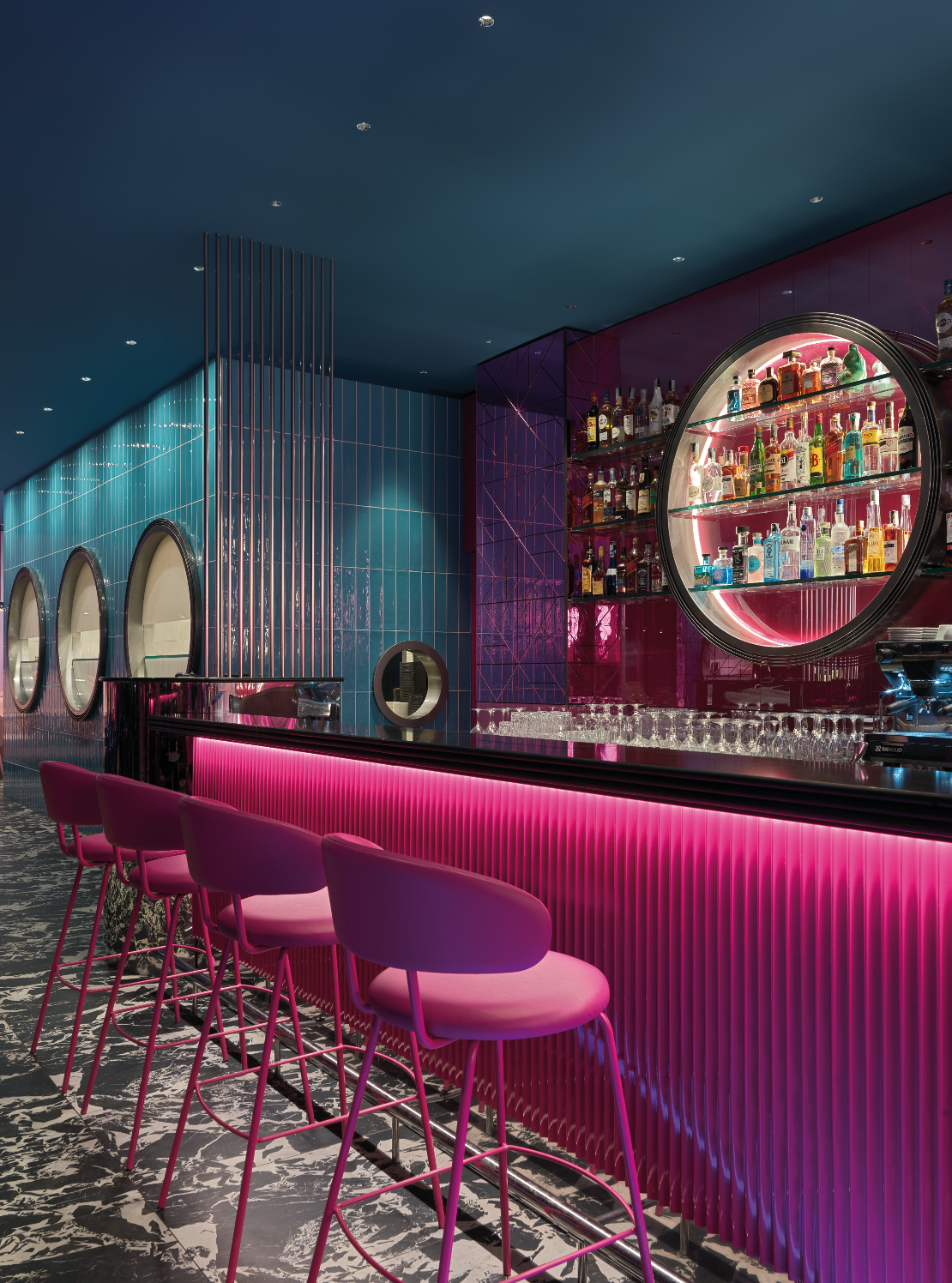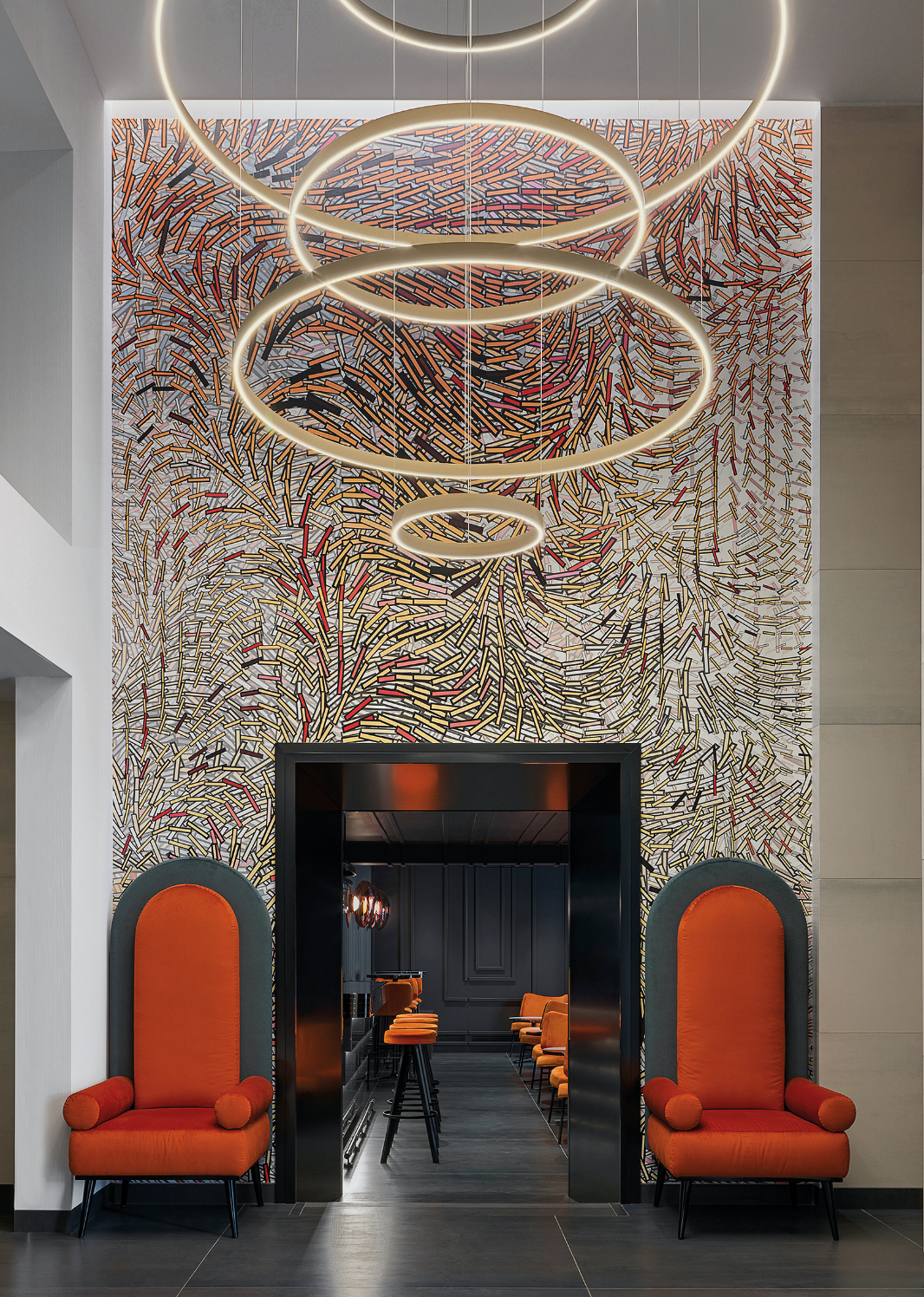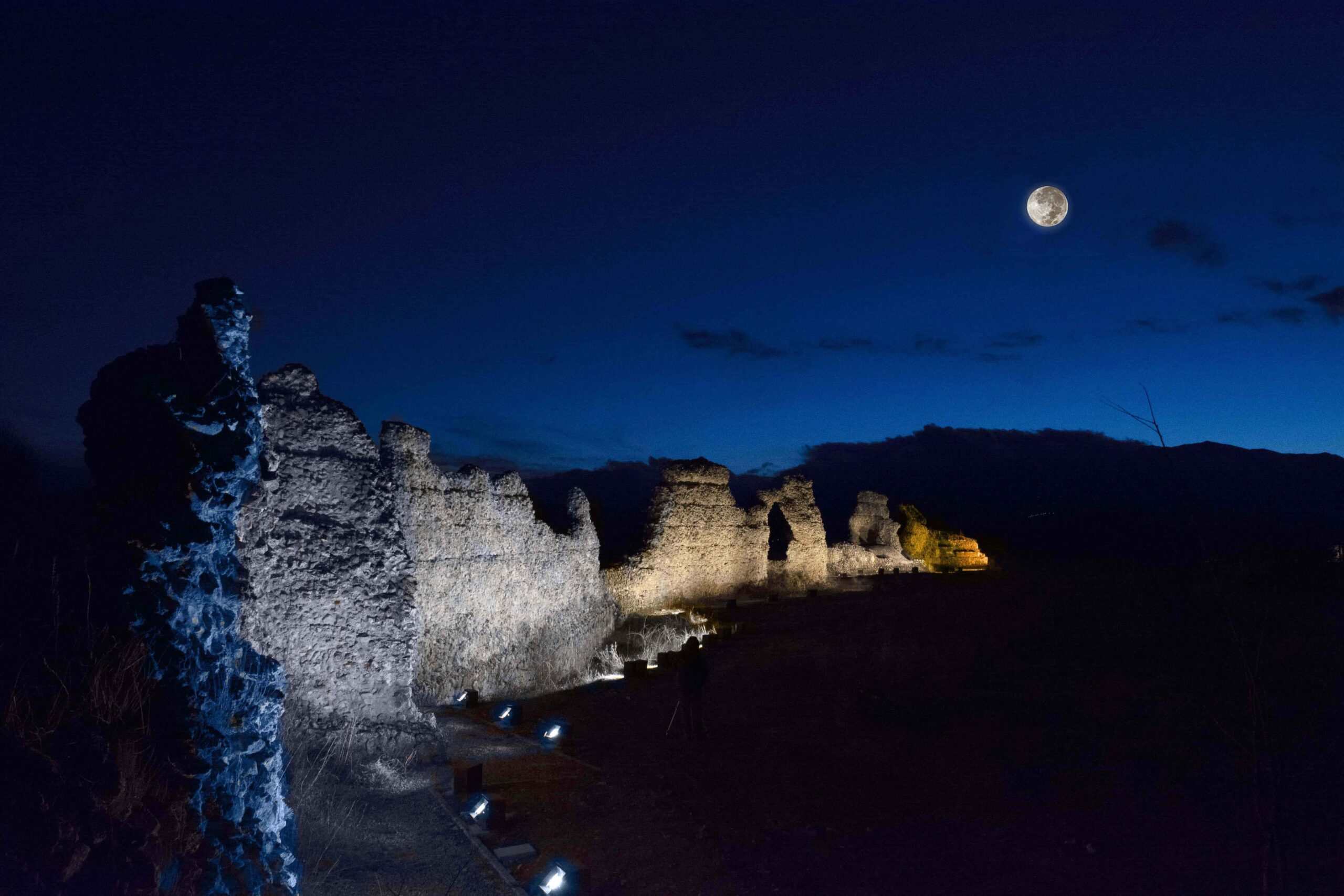Cover photo: Daniela Colli, ritratto – ph. © COLLIDANIELARCHITETTO
For Daniela Colli, lighting is the cornerstone of any project—it enhances the aesthetic and brings out the best in every design. In every space created by her studio, COLLIDANIELARCHITETTO, lighting takes centre stage. It’s the most technical element in her vibrant, welcoming public spaces, where colours, textures, and material richness come to life through bespoke lighting design.




How do you integrate a brand’s visual identity with the character of a location in hospitality projects?
«In today’s world, where people are overwhelmed by information and exposed to diverse content, a meaningful project must create an emotion that lingers in memory. It needs to be immersive, enveloping, something that captures and entertains, making you live a story that captures and entertains.
The secret lies in being visionary—breaking free from current stereotypes and anticipating future trends. These projects, which I call “futuribili” (future-forward), connect deeply with visitors’ souls, evoking unique and unforgettable emotions».
What concept did you develop for the luxury bakery chain VyTA?
«The concept for VyTA was driven by sustainable beauty. It started with the pilot project at Rome Termini, a time when dining spaces in stations and airports were dominated by uninspired designs and subpar food offerings.

VyTA was the first to offer a café experience in a station setting with a welcoming, detailed, and beautifully lit environment. Its beauty was sustainable because, at comparable costs, customers enjoyed the comfort competitors lacked. This was the key to its success. One trend I deeply align with within hospitality is affordable luxury: an intimate form of luxury emphasizing environmental care, service, details, and experiences».
Do you have creative freedom with lighting, or does the client’s vision guide you?
«I’ve always had free rein. Lighting design often involves general illumination with recessed LED fixtures, controlled by smart systems that adjust brightness to create various scenarios. I incorporate decorative lighting as iconic focal points in the space, constantly seeking a perfect balance between decoration and technicality. Each space plays with light and shadow to highlight its defining materials and colours».

Are furniture and lighting designed together, or does one follow the other?
«We develop interior and lighting design simultaneously. Lighting influences emotions and moods, altering how we perceive spaces, materials, and shapes. For this reason, the design process must evolve in harmony, integrating all these elements seamlessly».

What inspires your approach to lighting? For example, take the Orazio Palace Hotel and its connection to Rome’s sky…
«The interior design of the Orazio Palace Hotel draws inspiration from Rome and its light—a unique combination of physical and atmospheric elements.

It’s a crisp, golden light that highlights contrasts, defines contours, and enhances depth, celebrating saturated colours and natural textures, particularly during the magical twilight hour.


As Federico Fellini once wrote:






